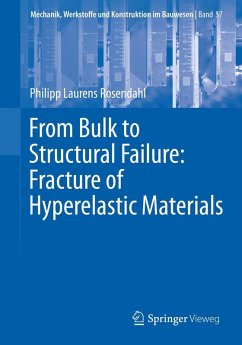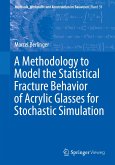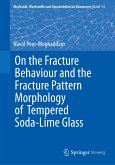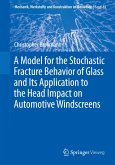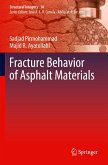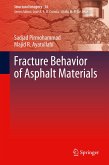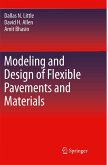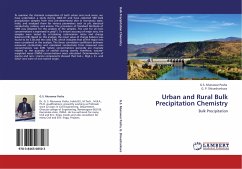This thesis investigates the fracture of nearly incompressible hyperelastic media. It covers the different characteristics of bulk material failure under dilatational or distortional loads and develops a unified description of the corresponding failure surface. It proposes a coupled strain and energy failure criterion for the assessment of notch-induced crack nucleation and presents a weak-interface-model that allows for efficient stress, strain and failure analyses of hyperelastic adhesive lap joints. Theoretical concepts for the measurement of fracture properties of nonlinear elastic materials are provided. The methodology is developed using two exemplary hyperelastic silicones, DOWSIL 993 Structural Glazing Sealant and DOWSIL Transparent Structural Silicone Adhesive, and is validated using large sets of experiments of different loading conditions.
Bitte wählen Sie Ihr Anliegen aus.
Rechnungen
Retourenschein anfordern
Bestellstatus
Storno

